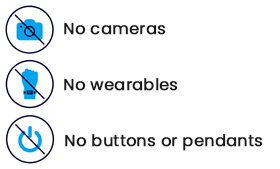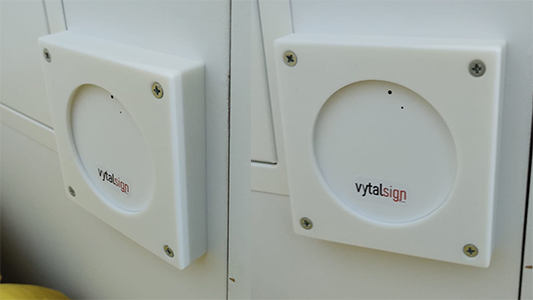The sensors are based upon a multi-layered software-hardware platform with Radar-on-Chip (RoC), with all digital and analogue RF components on board, including an integrated Digital Signal Processor (DSP) and an MCU for complex signal processing. This is combined with an embedded software-on-chip, enabling outputs across multiple layers, ranging from raw data to tailored applications.
Developed to include PC based control software to enhance the capability to monitor both the NAPpad/room occupant AND occupancy to ensure a complete Audit Trail.
The System uses sensors to send out signals that scan the environment using harmless radio waves a thousand times weaker than a mobile phone to identify movement, without the use of cameras, to maintain privacy and allowing for an undisturbed sleep.
- ‘Movement’ constitutes any level, down to chest movement caused by breathing, even in deep sleep and under bedding.
- The monitoring capabilities of the system warn operating staff of the service-users’ potential problems, thus providing an increased awareness and more time for preventative measures to be taken – thereby possibly saving lives.
- The system is designed to provide an early warning for operating staff with maximum ease of use and minimal maintenance.
- Completely automatic, working 365 days a year and can log every event; providing full accountability for all those involved. It offers an audit trail to demonstrate that all obligations, and more, were adhered to.
- Arrangements for monitoring the system will be undertaken by a local Telecare provider service, who will instigate emergency response as system raises the alert.
- The system can also prompt an alert to operating staff in the area, for awareness only.




